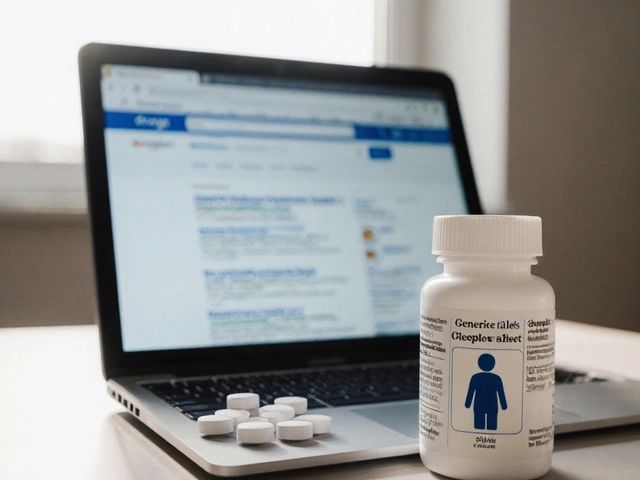Fenticonazole — what it treats and how it works
Got a stubborn yeast infection or a flaky, itchy patch of skin? Fenticonazole is an antifungal medicine used as a cream or vaginal product to treat common fungal infections. It belongs to the imidazole family of antifungals and works by damaging the fungal cell membrane so the infection stops growing.
People most often use fenticonazole for vaginal yeast (vaginal thrush) and for skin fungal problems like ringworm, athlete’s foot, and pityriasis versicolor. It’s usually applied directly where the infection is, so you get targeted action with little absorption into the rest of your body.
How to use fenticonazole safely
Always follow the label or your healthcare provider’s instructions. For skin infections: clean and dry the area, then apply a thin layer of cream once or twice a day depending on the product. Keep the area uncovered when possible so it can dry out — fungi love moisture.
For vaginal products, use the applicator that comes with the medicine and insert at night for best results. Some vaginal formulations are single-dose and others require several nights of treatment. Don’t use more product than recommended and finish the full course even if symptoms clear up early — stopping too soon can let the fungus come back.
Avoid mixing with other creams or washes unless your doctor says it’s okay. If you’re unsure which formulation to buy, ask a pharmacist — they can tell you whether a cream or a pessary is better for your situation.
Side effects, precautions and when to see a doctor
Most people only get mild local reactions like burning, stinging, redness, or a bit of irritation where they applied the medicine. Serious allergic reactions are rare but need urgent care — watch for swelling, hives, or trouble breathing.
If you’re pregnant, breastfeeding, or on regular medications, check with your doctor before using fenticonazole. Topical use usually has minimal interactions, but it’s smart to confirm, especially for vaginal products during pregnancy.
If symptoms don't improve after the full treatment course, if the infection keeps returning, or if you get a high fever or spreading redness, see a healthcare professional. Repeated or resistant infections may need different tests or a prescription antifungal taken by mouth.
Want more specifics about product choices, how long common courses last, or which brands include fenticonazole? Browse our related articles or ask your pharmacist — practical, reliable help is usually just a quick question away.
In my recent blog post, I shared my personal experience with Fenticonazole, an antifungal medication that I had to use after being diagnosed with a fungal infection. I described how the medication was prescribed to me, the process of applying it, and the side effects I experienced during the treatment. Throughout the post, I highlighted the effectiveness of Fenticonazole in treating my condition and the relief I felt after completing the treatment. I also shared some tips for those who might be prescribed this medication in the future. Overall, my experience with Fenticonazole was a positive one, and I hope my story can help others going through a similar situation.
Read more





